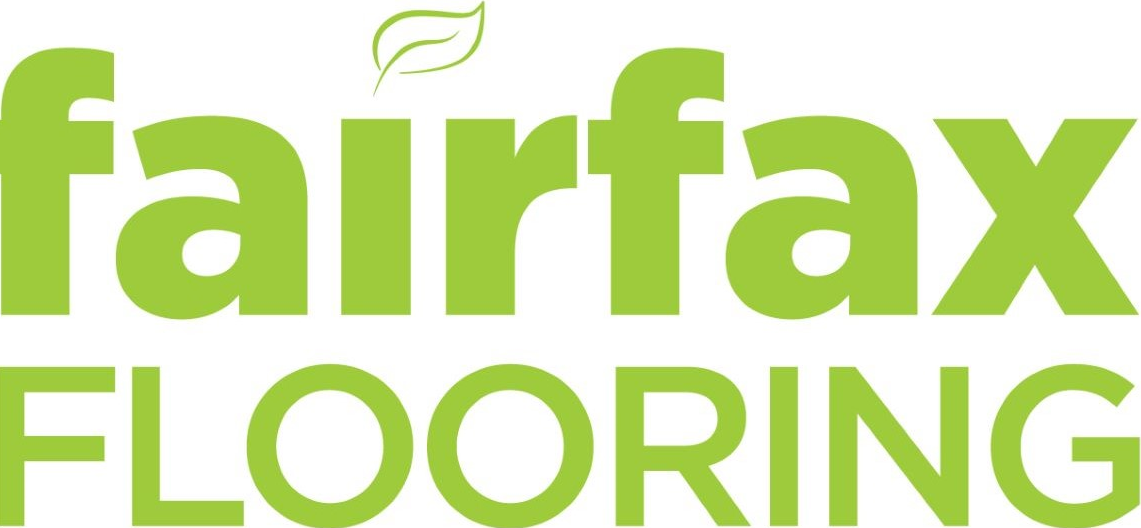Having carpets can sometimes be a nightmare. Especially if you have very active children and with children comes mud, stains, various dropped liquids and practically anything else you don’t want on your carpet but it’s not just children who spill things, we all do and sometimes cleaning your carpet or maintaining it can be a pain which is why many people are opting for laminated flooring.
Laminated flooring is one of the most affordable types of flooring and definitely one of the most versatile as the printed pattern on top can imitate wood, stone and tile and because of the smooth nature of the floor, it’s also incredibly easy to maintain.
Laminated flooring is a hardtop surface and is resistant to burns, scratches and heat. Drinks and food simply land on it and are easily wiped off. So if you are considering getting laminated flooring, and let’s be fair why wouldn’t you, let us take you through a short list of different types of laminate flooring that is available and how easy they are to put together which is another bonus of laminated flooring. The DIY aspect of it is quite simple.
Glue-less Laminated Flooring
If you are looking to do a DIY job or even if you just want it fitted quite quickly and affordably then glue-less is the best option for you. With glue-less it’s exactly what it says on the tin. You simply cut your floorboards to size (this might be the most physical work you’ll have to do with them) but once you have your proportions you simply click them into place similar to a jigsaw puzzle. The simplicity of the glue-less floorboards has contributed to their popularity making them one of the most if not the most sought out form of laminated flooring. The time and money saved is also a contributing factor.
Glued Laminated Flooring
Glued laminated flooring, as you’ve probably guessed is the opposite to glueless but operate in a very similar way. The floorboards slot and click into place in a very similar manner to the glue-less floorboards but the only downside to the glued flooring is it is slightly more expensive. As well as this fitting them exactly into place and gluing them is a little more time consuming so, for this reason, it’s not as quick or easy to fit as the glue-less but it does make for a more stable, in place and stronger floor which is why the price is a little steeper than the glue-less.
Pre-Glued
With the pre-glued floorboards, these are ones you neither have to put glue on yourself or ones that fit into place without the glue. The glue is already applied to the floorboards tongues and grooves and fitting them is slightly more complicated because the glue or already applied which means you have to be absolutely sure where you’re placing the floorboards. Once you lay them down next to each other they are pretty much in place so these floorboards leave a lot less room for error and require more precision to fit into place. This may prove more time consuming than the other forms of floorboards on this list.
Underlayment Attached
These floorboards are glueless which makes them easier to fit for practical reasons, again especially if you plan on fitting them yourself. The bonus of underlayment floorboards is they have an extra layer glued to the bottom of each floorboard which is great for noise reduction making it perfect for children’s bedrooms, playrooms or for flats and apartments. These floorboards ‘snap’ into place and there are various tongue and groove lock systems which are available. For this reason, it may not be as simple as some of the others on this list but never the less it’s still a great option for your floor.
So there we have it. Four different types of floorboards which are affordable and easy to fit so if you are looking for a new floor for your living space try laminate, you won’t be disappointed.
